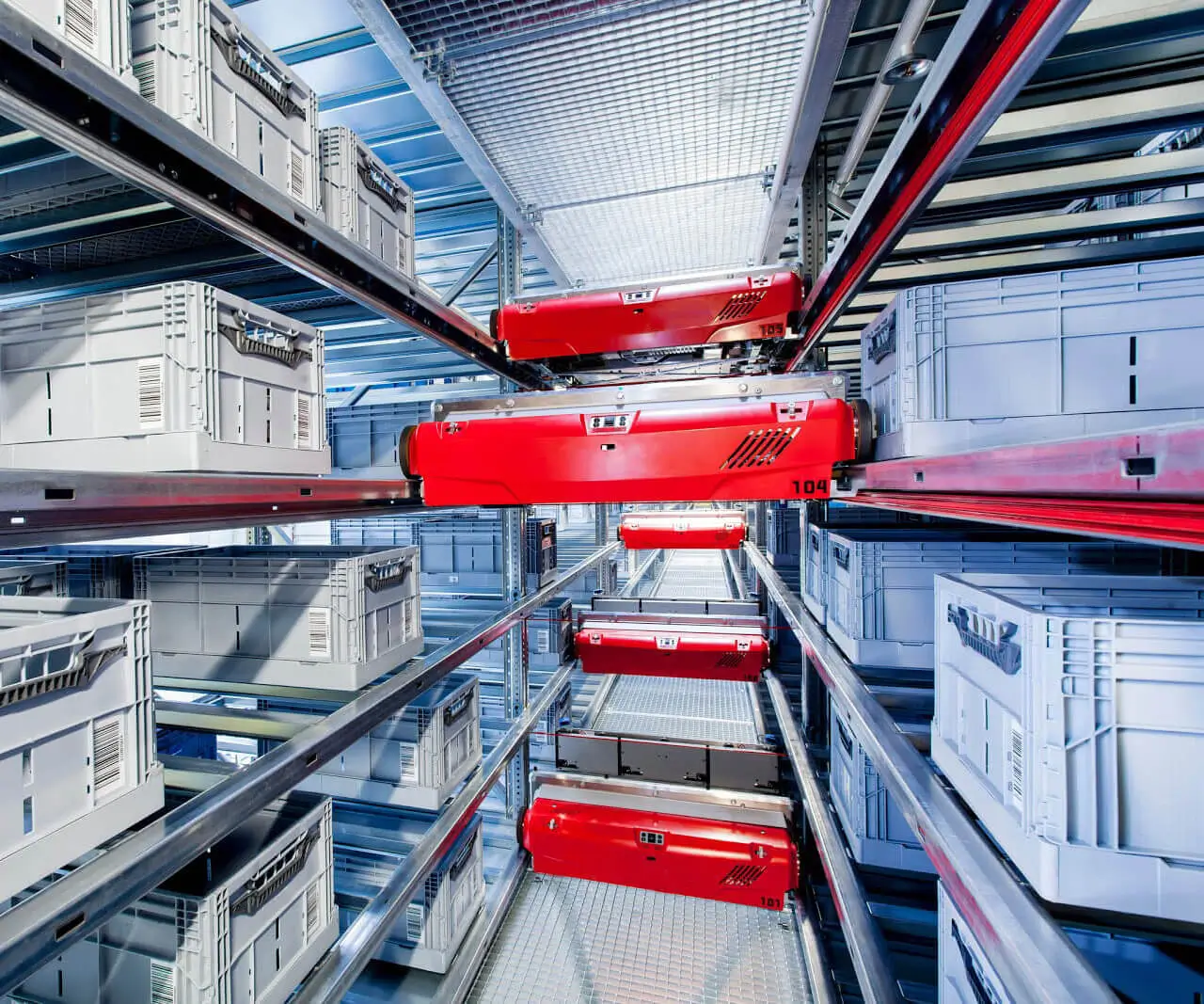Imagine a world where your computer is just a click away—no matter where you are, no matter what time it is. The concept of remote control software for Windows PCs has revolutionized the way individuals and businesses interact with their digital environments. From tech-savvy professionals to casual users, the ability to access and control a PC remotely has become a game-changer, offering a level of flexibility and efficiency that was unimaginable a few decades ago.

In today’s fast-paced, interconnected world, remote control software acts as a digital bridge, allowing seamless interaction with your Windows machine from across the globe. Whether you're working from home, traveling, managing multiple offices, or helping a family member troubleshoot a tech issue, remote control software opens up a universe of possibilities. But what exactly makes these tools so invaluable, and how do you choose the right one for your needs?
At its core, remote control software enables you to see your desktop, run applications, transfer files, and perform administrative tasks—just as if you were sitting right in front of your PC. The technology hinges on secure, encrypted connections that protect your data and maintain privacy. Various software solutions cater to different needs, from individual users seeking simple access to enterprise-grade products designed for large-scale IT management.
One of the major benefits of remote control software is the significant boost in productivity. Imagine not having to run back to the office to troubleshoot a client’s computer or rushing home to fix a critical issue. With remote access, you can solve problems swiftly, saving time and minimizing downtime. This is especially appealing in remote work scenarios, where flexibility is key.
Security also plays an essential role. Modern remote control providers incorporate multiple layers of encryption, two-factor authentication, and session management tools to prevent unauthorized access. Whether you're accessing your own PC or providing technical support to someone else, these security measures ensure that your connection remains private and safe.
Yet, choosing the best remote control software for your needs isn't always straightforward. The landscape features a vast array of options—some free, others paid; some simple, others incredibly feature-rich. Your choice depends on factors like ease of use, security features, compatibility, scalability, and support.
For individual users or small businesses, lightweight solutions like TeamViewer, AnyDesk, or Chrome Remote Desktop often suffice. They are user-friendly, quick to set up, and work across different operating systems. Larger organizations might lean toward comprehensive solutions such as Microsoft Remote Desktop, LogMeIn, or VNC-based tools, which offer extensive management features, centralized control, and integration capabilities.
Another crucial aspect to consider is latency and responsiveness. When you're controlling a computer remotely, every millisecond counts—especially if you're doing tasks that require precision, like graphic design or video editing. Good remote control software minimizes lag, providing a smooth, real-time experience.
Cross-platform compatibility is also vital. Many users work across devices—desktops, laptops, tablets, even smartphones. Leading remote control tools support multiple operating systems, including Windows, macOS, Linux, iOS, and Android, ensuring you can stay connected regardless of your device.
Ease of setup and user interface are equally important. You want a solution that doesn't turn remote access into a puzzle, especially if non-technical users need to utilize the software. Features like one-click connections, session sharing, and user-friendly dashboards make remote control more accessible and less frustrating.
Beyond individual convenience, remote control software plays a crucial role in cybersecurity. It enables IT teams to monitor, maintain, and troubleshoot devices efficiently. They can push updates, scan for vulnerabilities, and enforce security policies—all without physical access to devices. This reduces operational costs and improves the security posture across an organization.
Additionally, remote support features are increasingly essential. Support technicians can diagnose issues, guide users through fixes, or install updates—all remotely. This capability reduces the need for on-site visits, saving time and travel expenses, and offers faster resolution times, leading to happier clients and users.
Understanding the technology's evolution helps us appreciate its potential. Early remote desktop solutions relied on complicated setups and were often limited by poor security or low performance. Today, advancements in network protocols, cloud computing, and encryption have made remote control software more reliable, secure, and user-friendly than ever before.
However, despite its many advantages, remote control software must always be used responsibly. Users should ensure they have proper authorization before accessing any system, implement robust security practices, and stay informed about potential vulnerabilities. When used ethically and securely, remote control software becomes an invaluable tool for personal productivity and organizational efficiency.
In summary, remote control software for Windows PCs offers a blend of convenience, security, and versatility that aligns perfectly with the digital lifestyles many lead today. As the demand for remote connectivity grows, so does the innovation behind these tools—making them more powerful, intuitive, and indispensable than ever.
I'll follow up with the second part shortly, focusing on specific software options, use cases, security tips, and future trends in remote control technology.
Kpower has delivered professional drive system solutions to over 500 enterprise clients globally with products covering various fields such as Smart Home Systems, Automatic Electronics, Robotics, Precision Agriculture, Drones, and Industrial Automation.




































